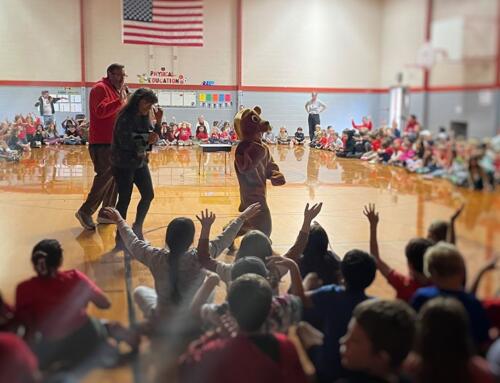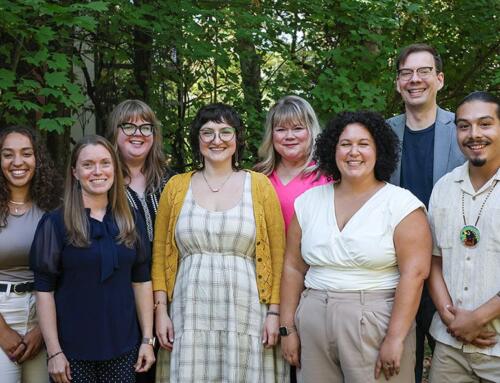Kicking off the 2019-2020 school year with a powerful training designed to best support student needs, 128 Southwest Washington school district leaders gathered at Alki Middle School to reflect on their existing Multi-Tiered Systems of Support (MTSS). The August training was the first of three day-long sessions as part of the MTSS Summit, hosted by Educational Service District 112 (ESD 112). The Summit, the first of its kind in this region, was designed in partnership with local school districts, and it will help schools plan and implement MTSS practices in their schools. As the name suggests, MTSS is a robust system of support tiers to better serve all students, including students with unique barriers to learning.
“We know that students today face many unique learning challenges,” said Kathy Whitlock, ESD 112’s Executive Director for Student and School Success. “Our goal is to provide our teachers as many tools as possible to support their students in a meaningful way.”
While a variety of MTSS frameworks have been around for years, and some workshops were recently offered by the state of Washington, those trainings filled up quickly and not all school districts had the opportunity to participate. When those districts expressed interest in an MTSS training in Southwest Washington, ESD 112 stepped up to support the development of the three-session MTSS Summit for local school leaders.
“Removing barriers to access is an important service provided by ESD 112,” Whitlock said. “When we learned there was a need for more MTSS training, we set the wheels in motion to work with local districts and provide support.”
The goal of MTSS implementation is not to single out students who need additional academic and behavioral supports, but to provide an early intervention process for all students (“Tier 1”) and to offer support and services to students who may be struggling in certain areas, whether academic, behavioral, or emotional (“Tier 2” and “Tier 3”).
“MTSS focuses on the needs of individual students within a larger education system,” said Whitlock. “What may be a successful Tier 1 intervention system in one school or classroom may not meet the needs of students in another school, and we need to be able to effectively respond to all needs.”
School building administrators from more than a dozen districts in SW Washington attended the initial day-long session on August 15, covering topics from understanding improvement science and MTSS to tips for progress monitoring and data-based decision making. At the end of the day, participants left with tools for strengthening building teams that will work toward developing and implementing MTSS practices in their own schools.
The building teams will again come together for a collaborative conference-style session on October 11 to learn about best practices for implementing MTSS and considerations for their own MTSS programs for their students. The third and final session for this Summit will be held in the spring of 2020.





 ESD 112 equalizes educational opportunities for learning communities through innovative partnerships, responsive leadership, and exceptional programs.
ESD 112 equalizes educational opportunities for learning communities through innovative partnerships, responsive leadership, and exceptional programs.